User adoption and retention rates for SaaS products are closely linked to the effectiveness of in-app guidance and support. If product adoption in a SaaS is high, users only open tickets when they encounter a bug or truly need a human agent.
For years, product teams have created static knowledge bases and FAQs to guide their users. However, as products evolve weekly, product teams were unable to update these documents simultaneously due to their busy schedule.
This led to users becoming increasingly lost within the product and unable to find the content they were looking for in the knowledge base. Therefore, in-product AI assistants have become a hot topic for SaaS founders and product teams recently.
Why SaaS Needs Agentic AI Assistants
Let's look at some numbers. When I spoke with several B2B SaaS companies in the industry, they told me that about 8% of their ARR is spent on customer support and success teams. This truly represents a significant portion of the budget.
Considering the cost of customer acquisition, SaaS companies spend a significant amount of money both to acquire and retain customers. These costs continue to become a nightmare for businesses as the number of users grows.
Sometimes companies make some cost-cutting decisions to reduce high support costs. But unfortunately, the solution isn't that simple. Simply reducing support capacity without scaling support processes often reduces support quality.
Poor quality support directly increases customer churn in the SaaS industry, both in the short and long term.
How Agentic AI Scales SaaS Support
For some time now, we've saved time and increased our workload by handing over some of our daily tasks to AI agents.
Similarly, hiring new support agents is no longer the only way for SaaS companies to increase their support capacity. SaaS companies can now increase their support capacity with AI support agents.
Agentic AI's Capabilities as an In-Product Assistant
- Agentic AI analyzes user interactions in real time.
- Even if your documentation is incomplete, agentic AI understands your product like a power user.
- And unlike traditional AI solutions, agentic AI doesn't just provide answers or link to knowledge base content; it actually takes action.
Let's illustrate this with an example.
Imagine you're developing an innovative SaaS product. Your team is rapidly rolling out new features to help customers streamline their business processes. But the real challenge is: each new release increases complexity for your users.
Thanks to Agentic AI, SaaS companies can now add in-product assistants to provide immediate assistance when a user struggles. Perhaps your users want to generate a report or configure an advanced setting in your solution.
Instead of stalling your users, AI proactively suggests next steps or streamlines workflows by highlighting features they may not be aware of.
Or, let's take another example. A user is trying to complete a task they rarely perform and can't figure out how to configure the right setting. Instead of opening a support ticket, they click the "Ask AI" pop-up.
With Mues AI, the assistant not only responds but also takes control of the mouse like a human support representative. In automatic scanning mode, it completes the task step-by-step, right before the user's eyes.
Now, let's rewind a bit. What would happen without AI?
- Your product team is rolling out new features, but adoption is slow.
- Users get stuck, frustration mounts, and support tickets pile up.
- In the worst-case scenario, valuable customers are lost.
With the in-product agentic AI assistant, this scenario is reversed. Users experience a smoother, more intuitive product experience. Support tickets are prevented before they even arise.
What Types of SaaS Need an In-Product AI Assistant?
When discussing in-product AI assistants, it would be a mistake to have a single output expectation. In fact, product teams should first identify their primary needs and then evaluate agentic AI solutions that align with them.
Two common SaaS scenarios where an in-product AI assistant makes an immediate difference are:
Feature-Rich SaaS Products
If your product includes multiple features and modules, users will inevitably struggle to find the right action. I can easily imagine users getting overwhelmed by scrolling through pages.
How would users feel if an AI assistant tool were on-screen instead of constantly searching or filing a support ticket? At this point, Mues AI offers users context-based assistance and can complete tasks on their behalf.
PLG SaaS Companies Targeting Global Markets
Many product-led growth (PLG) SaaS companies invest heavily in marketing to generate high volumes of signups.
However, the trap lies in this: Without adequate support and engagement, many of these new users disappear before they become paying customers. This is like burning through your advertising budget.
An in-product AI assistant enables new users to seamlessly onboard, quickly discover value, and convert into long-term customers without requiring your team to scale support linearly.
The takeaway is simple: Whether your SaaS is feature-rich or rapidly scaling across global markets, an in-product AI assistant isn't just a "nice to have" feature; it's the backbone of sustainable adoption and growth.




Member discussion